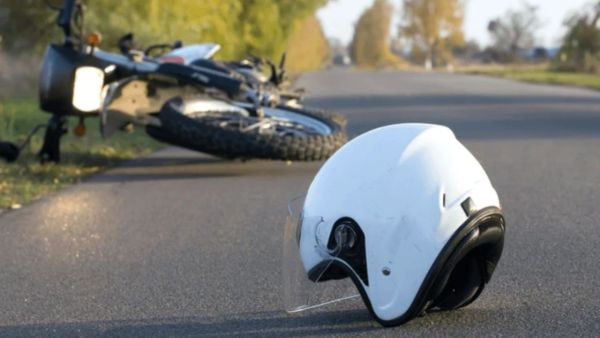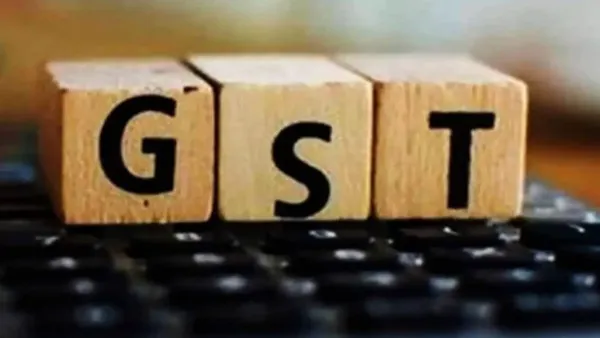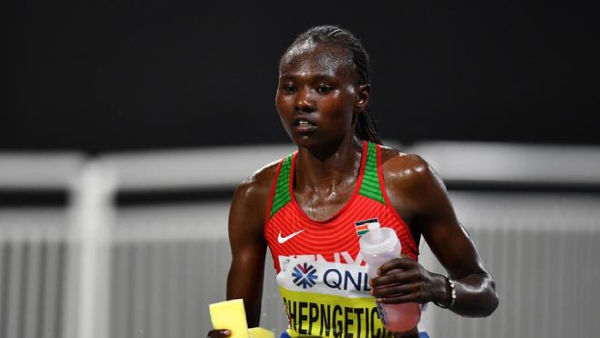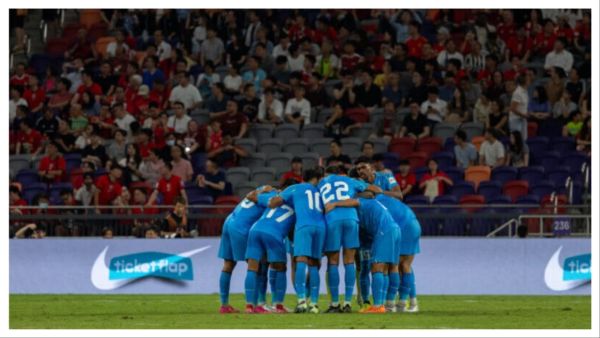
New Delhi: Road accidents have always been a serious challenge for the government, especially two -wheelers incidents. Every year thousands of people lose their lives in such accidents, which is a main reason for not wearing helmets and riding a bike. Now the government is going to be strict on such careless bike drivers and is preparing for strict action against those running without helmets.
The Ministry of Road Transport and Highways (MORTH) is soon going to issue a new notification, according to which all new two-wheelers manufactured in India from January 1, 2026, whether scooters or motorcycles, anti-lock braking systems (ABS) will be made mandatory. The most important thing is that this rule will be independent of engine capacity, that is, it will be necessary to install ABS in two -wheelers with all engine size.
Helmet is also necessary for passenger
According to the information, the government is planning to strictly implement the rules of two helmets with anti-lock braking system in all two-wheelers. Under this, it will be mandatory for the person sitting behind the bike riding a helmet. This also ensures the safety of the passenger sitting behind the driver.
What is anti-lock braking system?
Anti-lock braking system is very important in today’s time in terms of safety. ABS is an important safety feature, which prevents the tire from being locked when applying a sudden brake in a bike or any vehicle. Its main objective is that in the event of a fast brake, the tire does not slip and the balance of the vehicle, which reduces the chances of accident.
New era of Smart Cars: Now the car itself will decide the root, music and speed
How does a braking system work?
ABS has certain sensors and an electronic control unit (ECU), which constantly monitor the speed of tire. As soon as the rider brakes, these sensors monitor the speed of the tire. If a tire suddenly comes in a position to be locked, the ABS reduces the brake pressure on that tire for a few moments. As soon as the bike is balanced again, the system immediately increases the brake pressure again. This process takes place many times every second, avoiding slipping tires and the rider has complete control over the bike, no matter how fast the brakes are applied.









